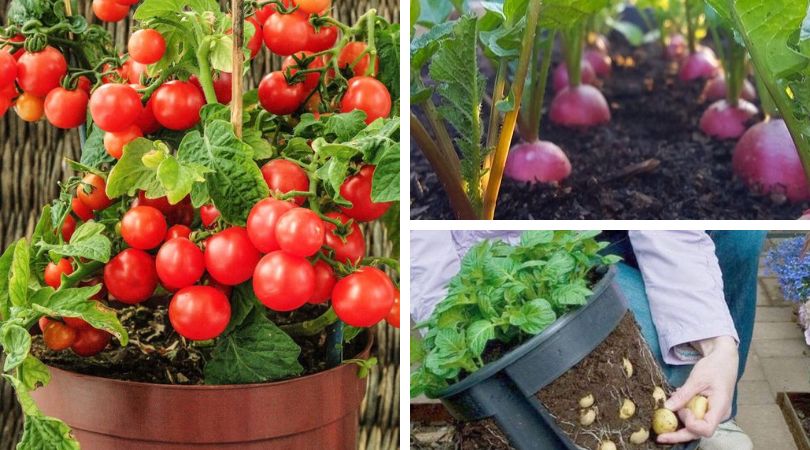Gardening novices may think that seed-planting is only possible in the springtime. However, with some proper preparation, you can grow your own food all year round — even in the warmer months.
It isn’t too late!
Here 20 vegetables to consider starting from seed this year.
Lettuce

With a little winter protection, lettuce may be produced just about any time of year, even in the coldest climates. Remember that lettuce comes in a variety of forms: loose leaf, cos/romaine/butterhead, iceberg, and romaine.
Each lettuce kind has a variety of lettuces that can be grown at different periods of the year. Loose-leaf types can be grown all summer long and harvested within a month to six weeks.
In early summer, you may still plant various cos/romaine types of lettuces, which will be ready to harvest before the season ends. Later in the summer, you can plant winter lettuces, which will be ready to harvest in the winter if given some protection.
Rocket
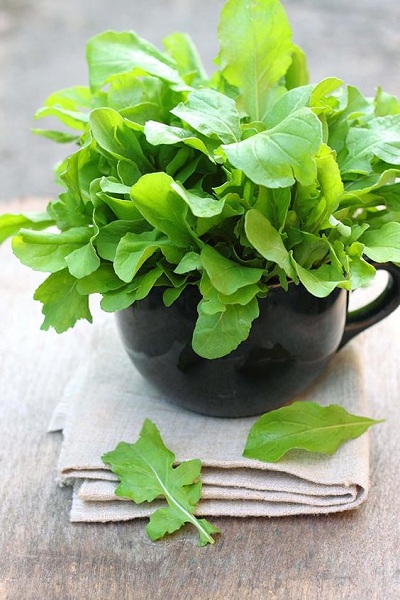
Rocket is another green vegetable that may be grown all summer long if you prefer variety in your salads. Like loose leaf lettuce, this may be harvested and replanted within a few months and will produce a new crop.
Radishes

Radishes, another quick-growing crop, can still be planted in June, July, and August.
It is possible to harvest a crop before the season is over. For the best results, make sure you plant radishis at different times of year and leave one plant to flower so you may collect seeds for the following year, as well as eat the seed pods.
Spring Onions
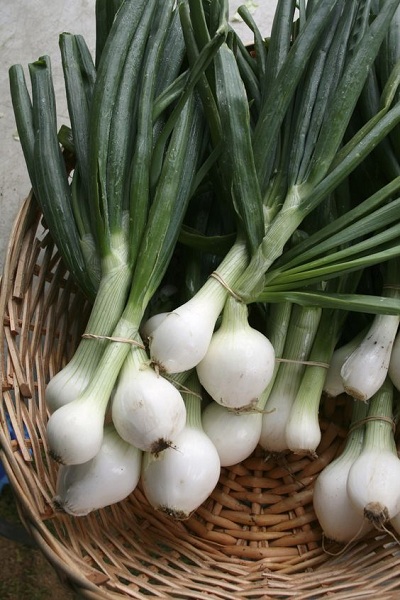
As spring onions mature, you can sow the seedlings in June or July to harvest them as miniature spring onion bulbs later on in the season.
Keep a close eye on your spring onion plants as they grow, but don’t throw away the ones you remove. Instead, utilize them in your summer salads.
Zucchini & Summer Squash
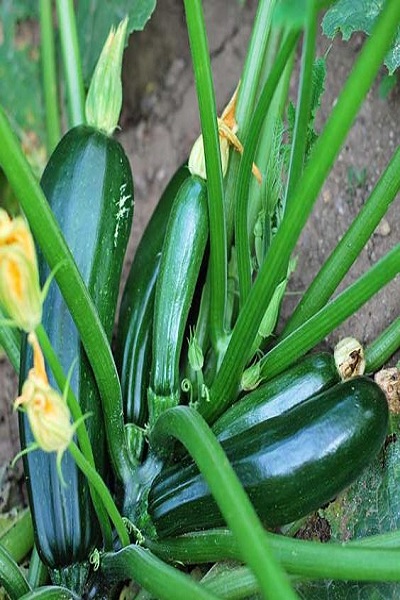
If you’re planning to plant zucchini and summer squash this year, you might want to get your wriggling shoes on. You can still obtain a good harvest if you sow these seeds early in the summer, before the end of June.
You may extend the growing season of your zucchini and squash by protecting them from the first frosts of the year.
In order to lengthen your zucchini growing season, you can grow them in pots and relocate them to a warmer place.
Runner Beans

There is still time in June and July to direct sow runner beans where they will eventually thrive. Be sure to offer them with climbing aids. These vines ‘race’ up their supports over the summer, and you’ll be astounded.
French Beans
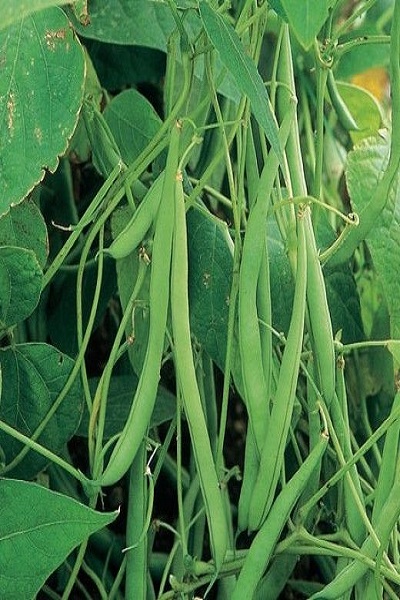
A polytunnel or a sunny area can still be used to direct sow French beans. In spite of the fact that you won’t have time for the dry beans to fully mature before the end of the season, you should still have a decent harvest of green beans.
Peas

Peas are typically thought of as a cool-season vegetable in the spring. For a later harvest, you might sow peas throughout June and July. It’s still possible to grow mange tout and pea shoots later in the summer by sowing peas in pea shoot trays.
Sowing overwintering pea types in September and October will result in an early spring harvest.
Carrots

From February through early July, you can sow carrots in the spring and summer. You may want to cultivate young carrots for a quicker summer or autumn harvest, and maincrop carrots to preserve for the winter months.
Carrots sown in June or July can be thinned out, and you can consume the baby carrots that you thin.
Beetroot

Seeds of beets can also be planted in June or July, and after a few months, the baby beets can be harvested and used in salads. It’s possible to harvest them when they’re fully grown and stored for the winter in October.
Turnips

Turnips can also be seeded all summer long. Sow small turnips for salads and other uses in June, and larger turnips in July and early August for winter usage.
Chard
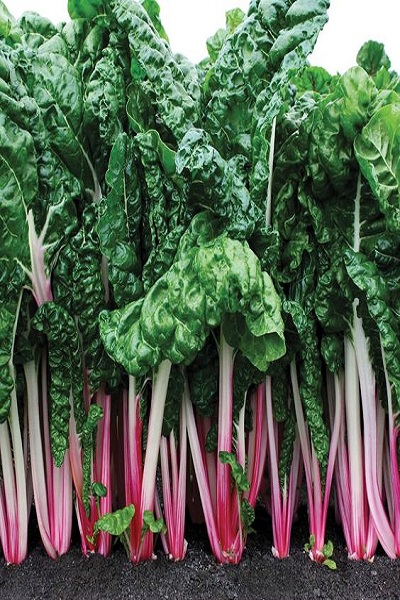
Chard seeds sown in July will overwinter and provide a tasty, nutritious leafy green in the spring when growth resumes. In the future, you might even use some of the young leaves to make salads.
Pak Choi (& Other Asian Greens)

Asian greens like pak choi can be grown all year round. Sowing for the winter and reaping your harvest in the spring is still possible in June, July, and August.
Chicory
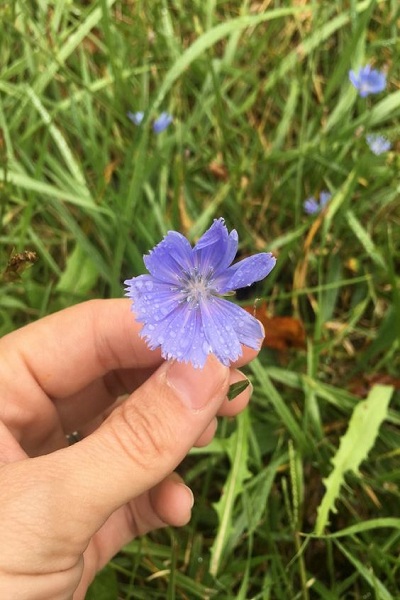
A leafy vegetable that can be cultivated in August or even early September and will supply you with a nutritious source of nutrition throughout autumn and perhaps even into the new year.
Cabbage/ Kale

Winter cabbage and kale can be sown in July, and they will keep you going all winter and into following spring, when the ‘hungry gap’ occurs.
Cauliflowers
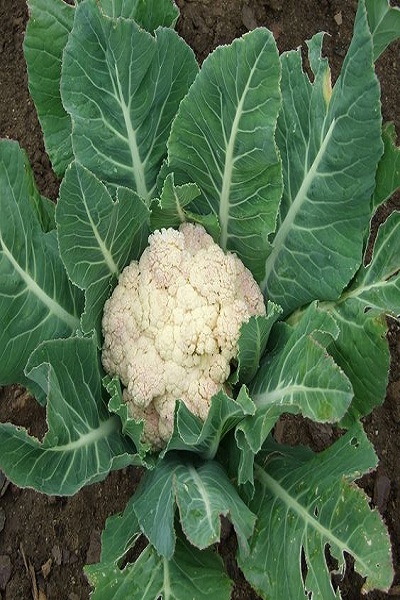
Cauliflowers are more difficult to grow, but if you protect them from the winter frosts, you may direct sow them in June or July and harvest them in the winter.
Kohlrabi

Despite its strange appearance, this alien-looking vegetable matures swiftly and thrives in lower temperatures.
Leafy brassicas such as kohlrabi can be eaten, and the little, golf ball-sized vegetables can be harvested before the weather becomes too cold.
Sprouting Broccoli
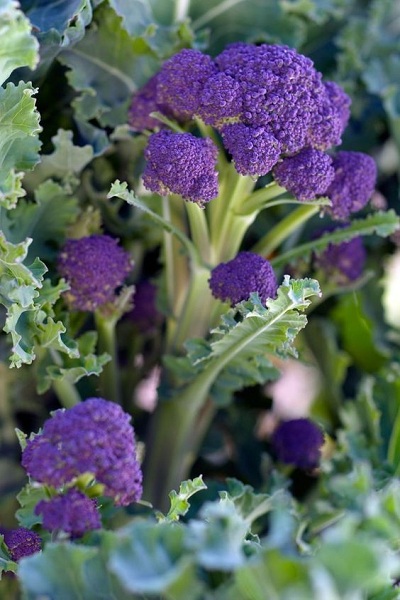
Plant sprouting broccoli in June or July for a spring harvest the following year.
Spinach

Early or midsummer sown kinds of spinach are more likely to go to seed, but the leaves can be harvested throughout the fall and winter months if you protect them from frosts.
Christmas Potatoes

Potatoes can also be grown in pots throughout the warmer months. A cloche or polytunnel, or even a greenhouse, can shelter these potatoes from frost and yield new potatoes for your Christmas feast.
So start now producing your own vegetables this year! There is no harm in trying.

